Actually, even though I didn’t add this place on my plan because of its location amid Semarang city, but luckily, this place is near enough to my friend’s house: Haiva, the place where I took the night on Semarang. So, here I am, share uh-so-not short story about he mosque.
This set is a part of Semarang-Karjaw Escape part I: Masjid Agung Jateng on Ardhphoto. So, keep visiting this blog to get the whole photo report ;)
This set is a part of Semarang-Karjaw Escape part I: Masjid Agung Jateng on Ardhphoto. So, keep visiting this blog to get the whole photo report ;)
Enjoy ;)
PS:
I submit one of MAJT photo (Altar Firdaus) to Nikon Asia photo contest. If you believe the photo is good, please have a VOTE HERE. Bunch of thanks :)
PS:
I submit one of MAJT photo (Altar Firdaus) to Nikon Asia photo contest. If you believe the photo is good, please have a VOTE HERE. Bunch of thanks :)
The Central Java Great Mosque (MAJT) is claimed as the biggest mosque in Central Java. Built from 2001-2006, this mosque is able to accommodate 10.000 jamaah. Set up on 7.669 m2 of land for the main building and 7500 m2 wide yard, MAJT is constructed in the middle of the rice field on Gajah Raya Street, Sambirejo Village, Gayamsari district, Semarang.
There are some aesthetic values in Islamic acquaintance that applied in MAJT’s building structure regardless it is the unification of Java, Rome, and Arabic architectural style. Some of them are captured in my frames.
Started from the entrance from Gajah Street, there are 9 statues made from stones among the boulevard of the wide-loong-pond. It represents the number of Wali Songo : Muslim scholar who outspread Islam in the island of Java.
On the mosque yard, we are reminded by the Five Pillars of Islam: Syahadat, Shalat, Fasting, Zakat, Hajj.
Between the yard and the main building is the inscription stone of MAJT. From how it’s conceived on the garden, it looked like the stone objected in Jumrah threw (Stoning of the Devil). :|
"Jumrah"
Let’s start with the main building, shall we? :)
 |
MAJT Colosseum (right) and Multi-purpose room (left) scaled to people. The main buildings of MAJT were made symmetrical to each other with the inscription stone as the center point.
A set of pillar in front of the mosque is adapted from the Colloseum architecture in Rome. Consisting of 25 pillars, they reflect the number of Islamic Prophets.
Altar Firdaus
If you believe the photo is good, please have a VOTE HERE. Bunch of thanks :)
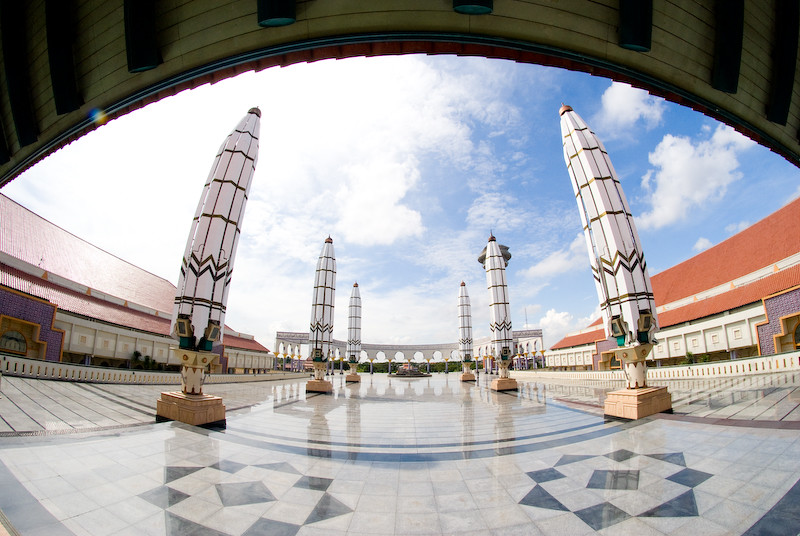
The Eyeview
6 Hidrolic Umbrellas are placed between the main building and the 25 Pillars stand representing the Six Pillar of Islamic Faith. It remodels the same umbrellas assembled in Nabawi Mosque, Medinah. The umbrellas are only used on certain occasion like Eid or any other big events.
There are some supportive buildings around the mosque : canteen, convention hall, library, hotel, souvenir shops, view tower. Convention hall is commonly used for wedding celebration. Each fits up to 2000 people.
Ninety-nine-meters-high, The Asmaul Husna Tower resembles the number of Allah traits. This tower provides 5 km 360 degrees view around the mosque
From the top of the Al Husna tower , 19th floor (named Al husna because of its 99 m height, just like 99 God’s traits), you can see rice field all around the mosque and the whole Semarang city on the horizon. A good place to retrieve your emotion. I tell you, it is much better than Monas’ view! You need to pay IDR 3000 per person to get to the top of the tower by lift.
Horizon
MAJT from Above

A telescope, placed on the 19th level of Amaul Husna tower
Calyx
There are 2 floors used for Islamic Culture Museum. Most of them explain the use of MAJT and the history of Islam in Java (but not mentioning the Wali songo in detail, except their mosque). Here are some snapshots about the museum:
The Second floor gate, copying the original gate from Kudus Mosque, Central Java.
The third floor museum entrance remodels the shape of Kauman Mosque, Central Java. The contents of this floor are most about
Santri
A relief about how Wali Songo spread Islam in the island of Java.
The Central java Great Mosque blue print.
Gallery
The Giant Al Qur'an, made manually by H. Hayatuddin, a calligrapher from Wonosobo, Central Java. This Al Qur'an is rarely used because of its size. Usually the people who visit the museum will be asked to read at least a paragraph of surah.
Ancient Mostoko (means head) for Mosque made from clay. This kind of mostoko were used to complete the rooftop of a mosque. Now, it replaced by modern Mosque copula, made from steel.
Unfortunately, I can’t get inside the mosque. -_-“ so, I cant say that the photo below will be representative enough to explain how it is inside.
Things about MAJT are that it’s big, noble, quite. Best time to visit is, whether in the morning, or near the sundown. If you’re about to take some pictures, they’d be be very good with its lighting system in the night. Unfortunately, there is no certain day when the light is on. They said this action is done because of the money thrift.
Half Full, Half Empty
If you believe the photo is good, please have a VOTE HERE. Bunch of thanks :)
For more photos, you can go to my flickr:
http://bit.ly/FlickrMAJT
And, for further information abiut MAJT, you can read these articles:
Taken with:
Sony Alpha A300
Sony Alpha A300
Samyang Fish eye lens 8 mm f/3.5-22
No filter attached
spots removed using Adobe Lightroom 2.2
Big thx to the camera owner: @Dittonara Pratama :)
and Haiva :)
ps:
Hey Keeno, My Dear Nikon D40. All of my photograph from this escape is for you! Take care out there :*
ps:
Hey Keeno, My Dear Nikon D40. All of my photograph from this escape is for you! Take care out there :*

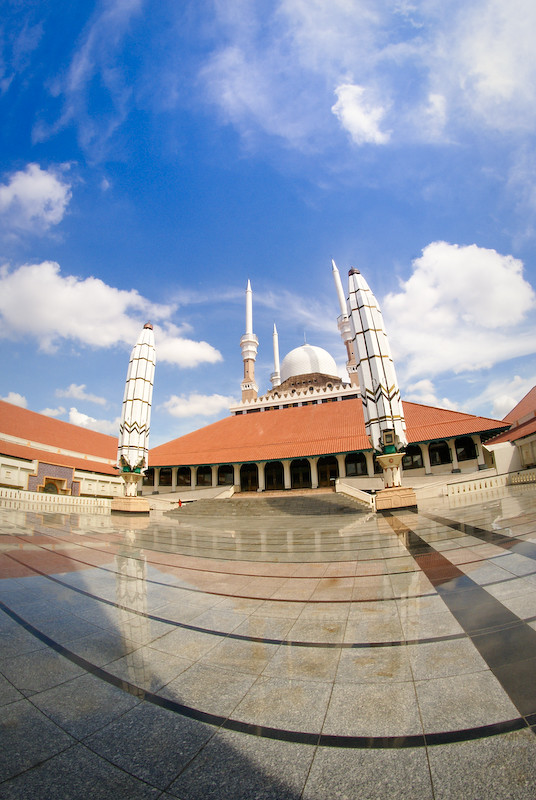
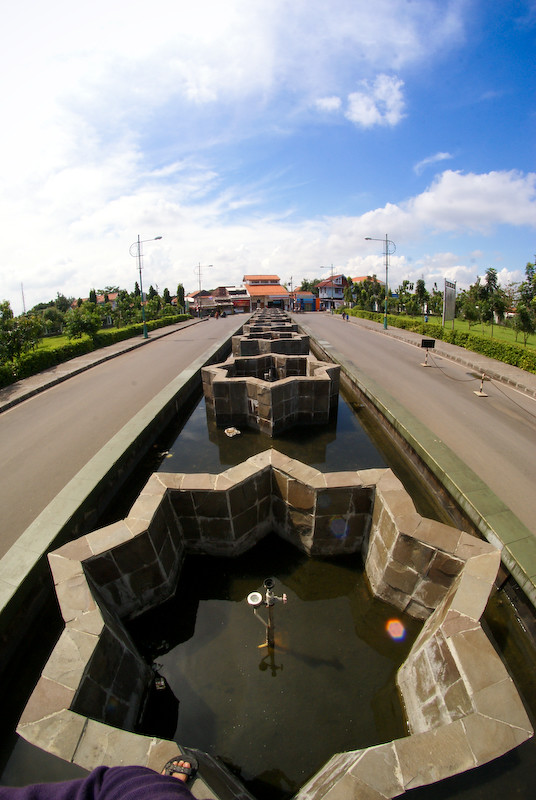
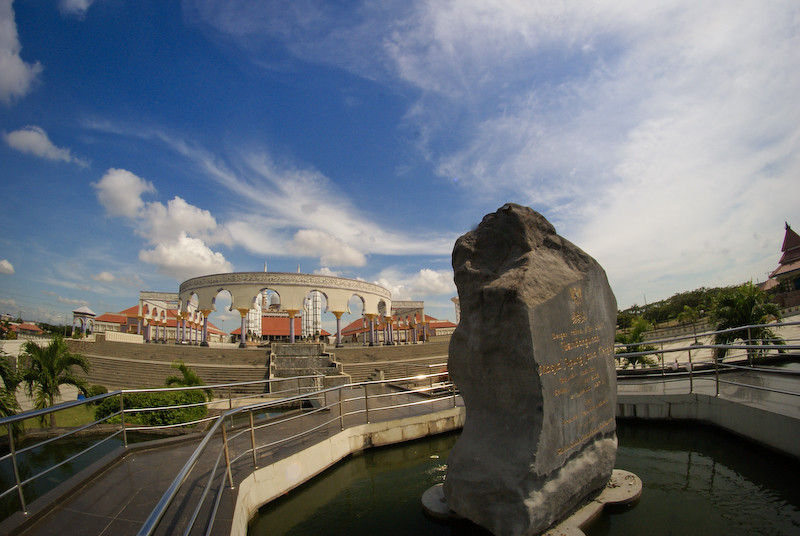
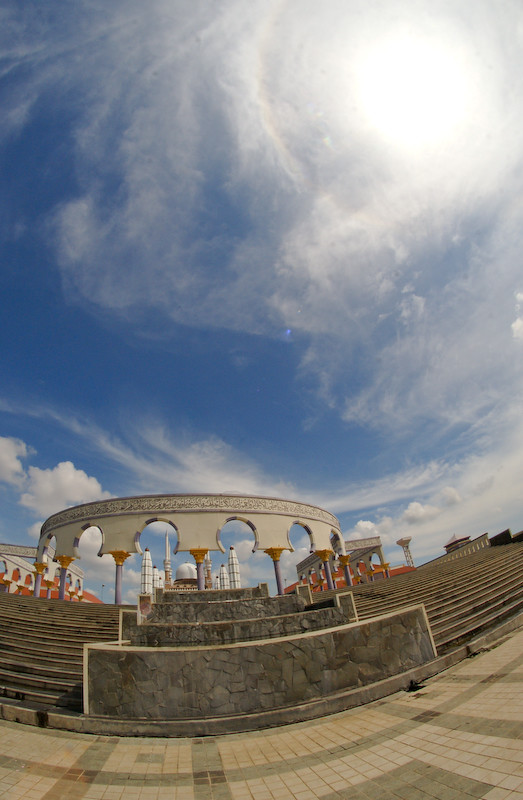
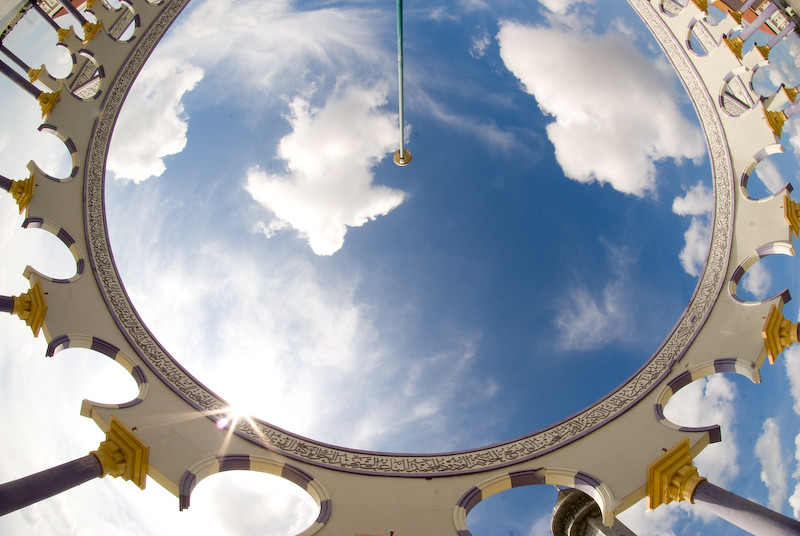

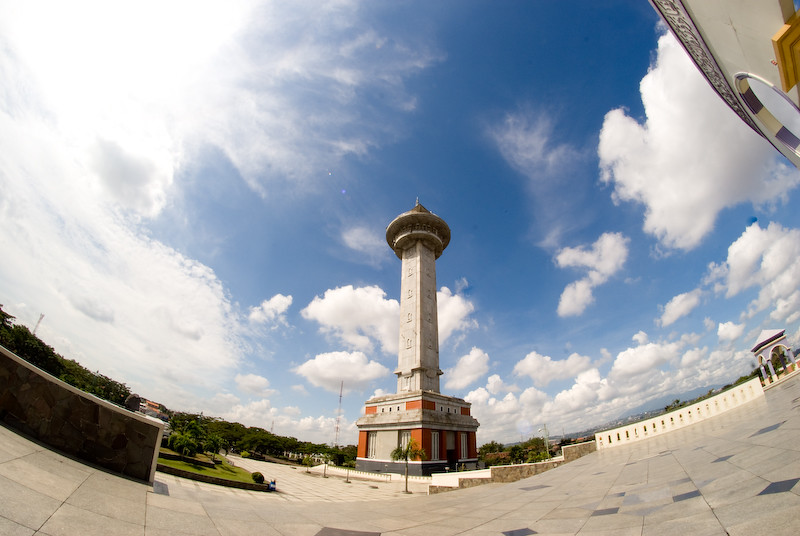
















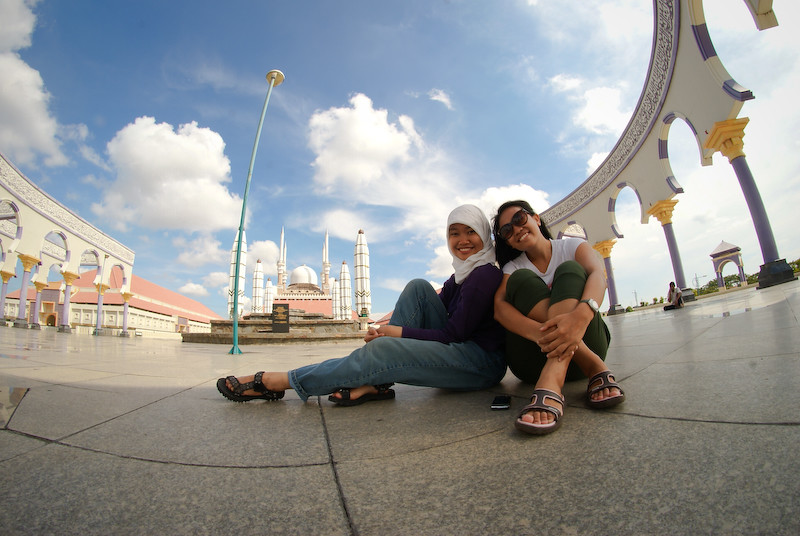




nice sis.... anglenya unik2... :)
ReplyDeleteHalo Rahma Utami, bagus juga nih hasil jeprat jepretnya..
ReplyDeleteVery nice pictures. This mesjid is very beautiful.
ReplyDelete